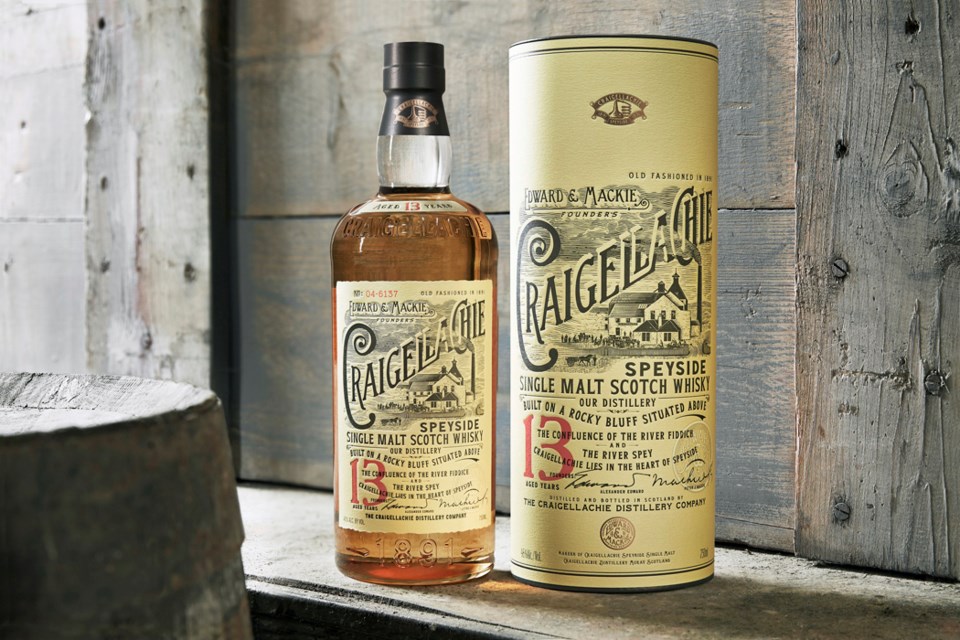A trip around Scotland doesn’t have to start with a thousand-dollar plane ticket: you can experience the sublime flavours and aromas the country has to offer with a glass of fine scotch.
From the light-bodied single malts of the Lowlands to the sweet, complex whiskies of Speyside, to the bold smoky scotches of Islay to the diverse flavours of the Highlands, every region of Scotland has its own distinctive taste.
But where to start your journey? And what to experience along the way?
The world of scotch may seem daunting at first. The good stuff isn’t cheap – it’s aged for up to a decade or more in oak casks after all – and you don’t want to make an investment in a bottle that’s going to make you gag. Maybe you’ve had a bad experience with a whisky that tasted like someone put their cigarette out in it.
Luckily, not all whiskies are created equal.
“Start off with something approachable,” advises Gabriel Cardarella, national brand ambassador for Dewar’s scotch whisky. For that he recommends the Speyside and Highland regions, where smooth, unpeated (that is to say, not smoky) whiskies are the norm, like Glenmorangie or Dewar’s own Aberfeldy.

“The lines are blurring, but generally these whiskies tend to have more orchard fruit, and are floral and honeyed in character,” says Cardarella.
Water is to whisky what air is to wine, so if you want to unlock what the distillery is trying to tell you, there’s nothing wrong with adding a bit of water.
“Drink it your way,” says Cardarella. “If you want to add some ice, add some ice.”
Another big misconception in whisky is that older is better, Cardarella notes.
“As whisky ages you get these really big oak notes, and in some cases that can dominate the whisky’s character.
“Sticking to 12- to 16-year-old whisky will also help save your wallet a little bit.”
Your palette will inevitably evolve as you drink scotch, and you might find yourself drawn to the coastal region of Western Scotland where the single malts of Islay, Campbelltown and the islands offer bold, peaty flavours – which can be divisive characteristic.
While some peated scotches use acrid smoky flavours to disguise a substandard whisky, others, like Talisker’s 10-year-old from the Isle of Skye, use the peat smoke to accentuate the whisky’s salty, citrus notes to wonderful effect.
The important thing, Cardarella notes, is not to be intimidated.
“You’ll start to guide yourself,” he says. “Don’t be afraid to try something new.”
Dewar’s new line of single malts – dubbed The Last Great Malts of Scotland – has something for everyone, including whisky neophytes. The line features single malts from each of the five distilleries that help make up their blended scotches: in addition to Dewar’s original Highland distillery, Aberfeldy, the whisky brand is also releasing single malts ranging from 12 to 23 years old from its Deveron, Aultmore, Royal Brackla, and Craigellachie distilleries.
To learn more, visit LastGreatMalts.com.



